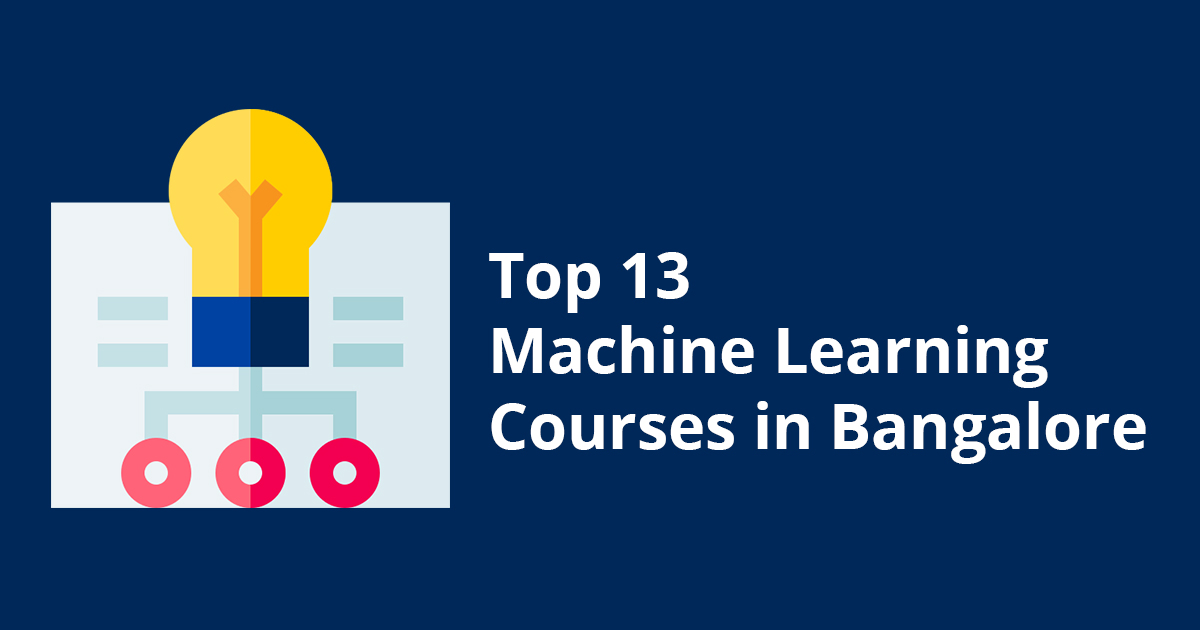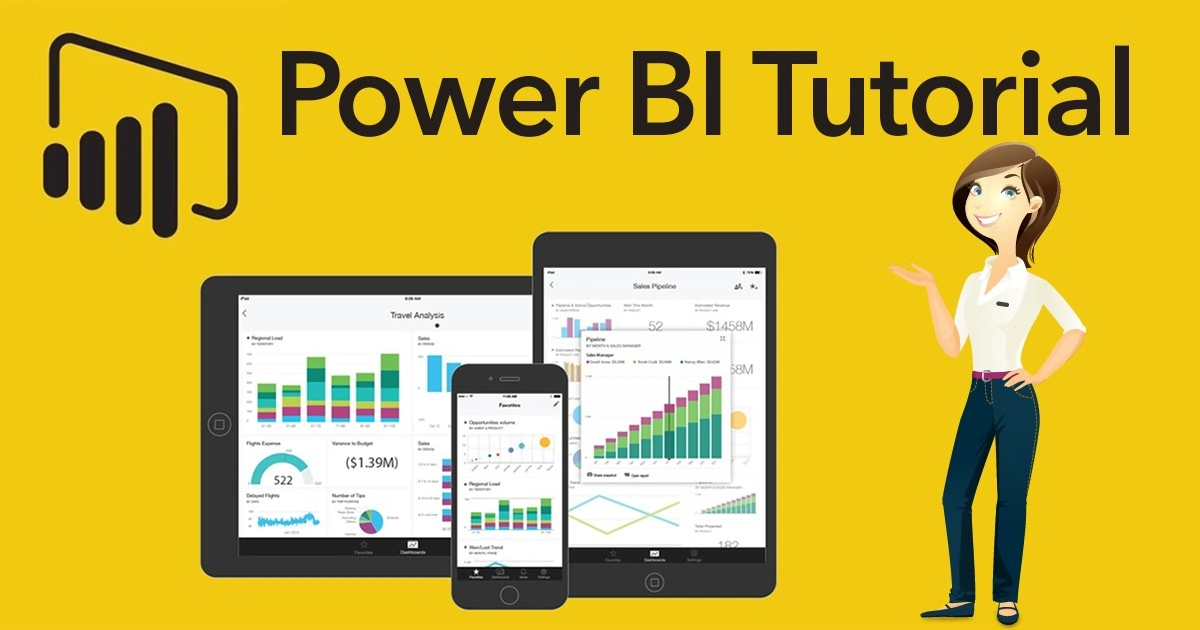A tree has various analogies in life, and thus, one of them has come to affect machine learning. The decision tree covers the aspect of both classifications as well as regression.
Classification and assembling data options is one of the most important steps. The decision tree is the most powerful tool for this matter. It thus forms a base for understanding other prospects of a data science course.
Though decision tree learning includes a tree-like model of decisions and is a commonly used tool in data mining for deriving a strategy to reach a particular goal, applying a guide to decision trees is more in machine learning. Thus, this article deals with giving you the decision tree overview.
What is a Decision Tree?
For data prediction and assembling, decision tree learning is like the strongest weapon.
It is a type of flowchart that represents a real-life tree structure with multiple branches. Each internal node shows a test performed on anyone attribute, and each branch is an outcome of that test. Every leaf node in a decision tree has a class label showing what it represents.
Decision trees simplify your decision-making dilemma for complex problems. The decision trees provide an effective structure to layout your problems and options using the box of the given tree. By this, you can investigate your options to produce a suitable result.
Further, decision trees help you recognize all types of risks associated with the problems. The whole tree depicts the balanced overview of risks, management, and rewards of the concerned subject. Execution of decision trees in problems is regarded as a wise option by many data scientists as they are good at making decisions out of risks and rewards.
In this guide, we observe that it models all the project’s possible outcomes at hand. It represents the cost of resources, utilities as well as the probable consequences.
Decision trees provide you with a way to present all types of algorithms with different control statements. Favorable results can be obtained with a proper branching of the decision tree.
Construction and representation of Decision Trees
A decision tree is learned with the help of splitting its resources into subsets.
These subsets are split based on attribute-value tests. This process is applied to each subset, and this is called recursive partitioning.
In this decision tree learning module, we observe that a decision tree classifier’s construction does not require knowledge of any particular domain. Thus it is perfect for exploratory knowledge discovery.
Decision trees handle very high dimensions of data. According to various data science courses, decision tree classifiers have fairly adequate accuracy. The induction of a decision tree is a typical approach to learn knowledge classification.
This helps classify instances in a particular way. Decision trees sort down these instances from the root to the leaf node, thus taking root-up-lead-down approaches.
Types of Decision Tree
Decision trees are the best tool in the form of learning algorithms.
These algorithms are based on various methods. In terms of the advantages of decision trees according to this decision tree overview, there are many.
They boost the prediction models with accuracy; they make it easy to interpret complex data models and provide stability. The learning of such trees shows that they effectively fit non-linear relationships due to their capability to fix data-fitting challenges like regression.
In terms of classification, these trees are of two broad types. These are based on the target variable and continuous variable-
-
Categorical variable
This type includes categorical target variables. They are divided into broad categories to be dealt with. An example can be that the categories are yes or no. And every category being tested falls either in the yes or in the no category. These decision trees are comparatively simpler.
-
Continuous variable
A continuous variable decision tree is the one with continuous target variables. For example, an individual’s income level can be predicted based on various subsets of information like occupation, age, job stability, et cetera. Here, the decision tree is learning a bit more complex and involves multiple nodes.
Steps to Draw a Decision Tree
Following are the steps required to draw a decision tree:
- Start with the decision you have to make with the decision tree. Make Small Square represent your decision towards the left of the paper. Make sure the paper is clean and doesn’t have any strain marks.
- From this new box, draw outlines towards the right, making space for writing each possible decision. Write all possible decisions in that part of the paper. Don’t intermix or clutter the lines. Keep a decent space between them to write decisions properly.
- At the end of each line, ponder on the decisions written over there. Consider the various outcomes of the result at this step and mark it accordingly. If you are uncertain about a particular decision or outcome, then mark the line with a circle. And if you want to make another set of decisions, draw a square to represent it. Making it simpler, in decision trees, the squares represent the possible outcomes and the circles the uncertain results.
- Start with new decision squares on your decision trees. Draw the lines representing all possible outcomes you could select while making decisions. During this step, make a note of all the outcomes and decisions which lead you towards the original decisions.
Reviewing and evaluating your Decision Trees
After drawing the decision trees, the next step is to review and evaluate them on the grounds of practical terms. The evaluation process is done by assigning a number value to each square and circle.
Estimate all possible results of the decision. Then look for the perfect estimation cost to make it effective as a decision for your problem. In such a fashion, that you can evaluate your decision trees.
Calculation of Decision Tree Values
After assigning values to the lines of decision trees, the next step is to calculate the values to generate an effective result. Here the actual assessment of the decision tree takes place.
This will make you arrive at a decision more effectively. You need to record your result after calculation.
Application of Decision Trees
Now that the structure and types of these trees are known, the next in line is to see different applications of this decision tree guide in machine learning. Its applications range from multiple areas catering to ease in data analysis and customer satisfaction.
-
Helps assess prospective growth opportunities
The most important application of such trees includes evaluating all types of future growth in business opportunities. It takes help from the historical data and predicts profits in the future based on the trends. Strategies of business can be set much in advance if decision trees represent sales of a growing business organization.
-
Uses demographics to look for prospective clients
Decision trees also help to find demographics to look for prospective and promising clients in various fields. They help you to streamline the company’s marketing budget and make informed investment decisions. The overall revenues of the firm will dwindle if investments are made without a particular demographic in mind.
-
Serves as a strong support tool in multiple fields
A lot of organizations in the financial and investment sector apply the principles in the decision trees guide to list out the probable default customers. The customer’s historical data is studied to determine their creditworthiness. This helps the sector prevent huge losses.
These decision trees are also used for operations logistics planning in various other sectors like healthcare, finance, law, and education.
Advantages and disadvantages of Decision Trees
There are flip sides to almost everything. According to the data science courses, this applies to such trees too. There are a host of advantages and disadvantages of this model of data representation.
Advantages
- It is easy to read and interpret data using decision trees. It would not require prior statistical knowledge to analyze these results. This data can also generate future insights on costs, alternative strategies of marketing, et cetera.
- It is easy and requires less effort to prepare a decision tree than other decision-making techniques in machine learning. Without complex calculations, it can predict the target variables with a piece of ready information.
- There are fewer cases of missing values and errors when variables are targeted using decision trees. Thus, the process of data cleaning is less complex and tiresome.
Disadvantages
- Decision trees are highly unstable. A small modification in the data can lead to massive changes in the structure of the decision tree. These alterations can be managed with the help of machine learning techniques like bagging or boosting.
- When the goal is to predict the outcome of continuous variables, the predictions are less reliable and efficient.
Wrapping Up!
Nonetheless, the benefits of making decisions with the help of decision trees are more than the disadvantages.
– And thus, this decision trees overview can work wonders to predict your marketing trends and bear prospective profits.
To learn and master the decision trees concepts and their implementation, enroll in a comprehensive Data Science Course now!



















Thanks to you for providing such a great information to us, hope and waiting for your new update soon. Good Job!